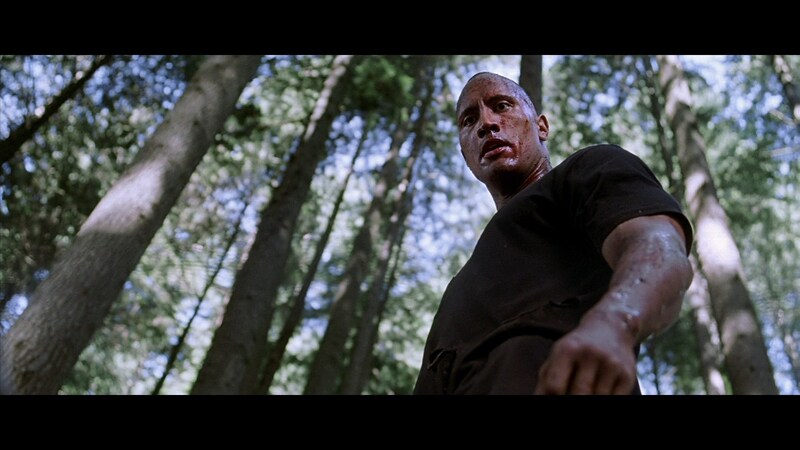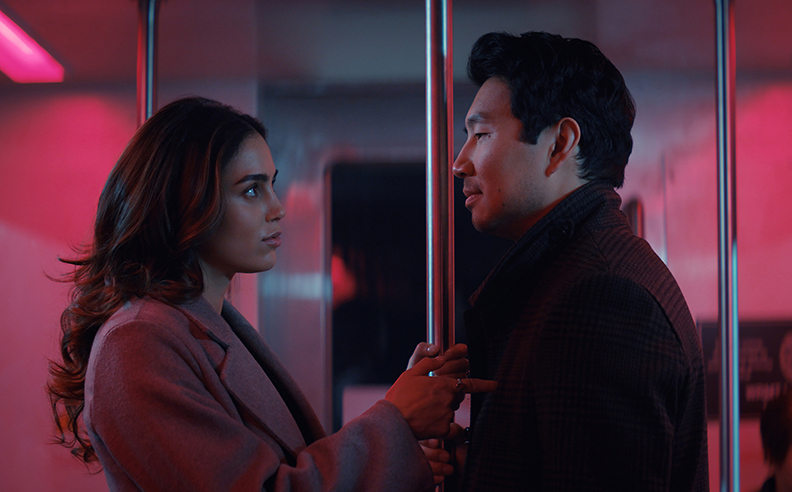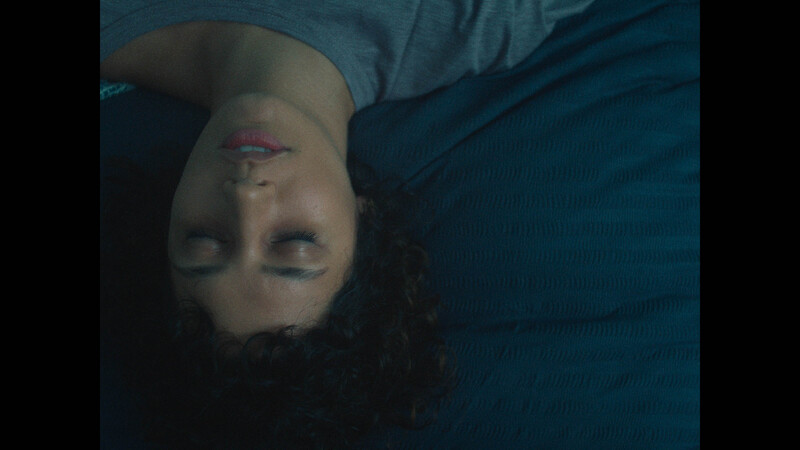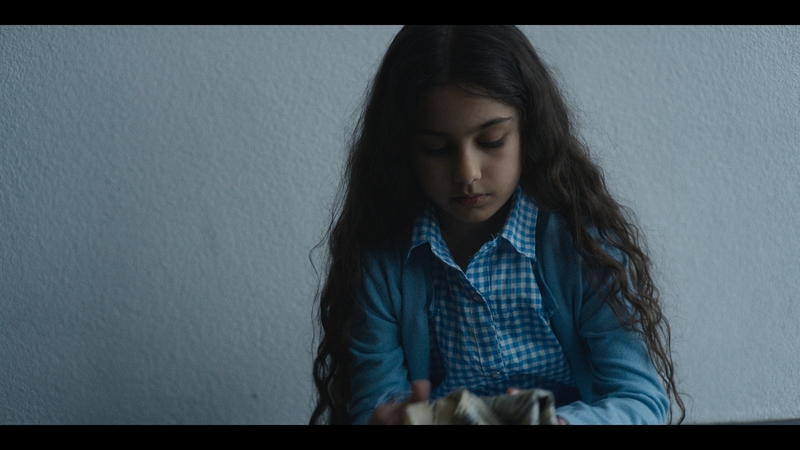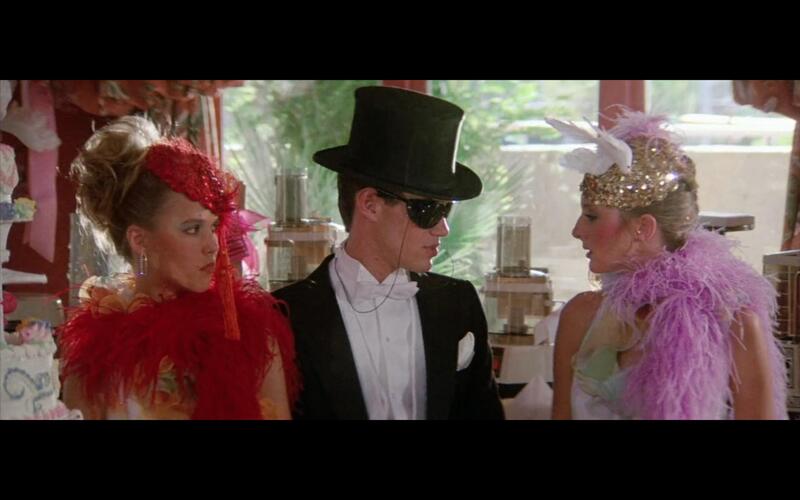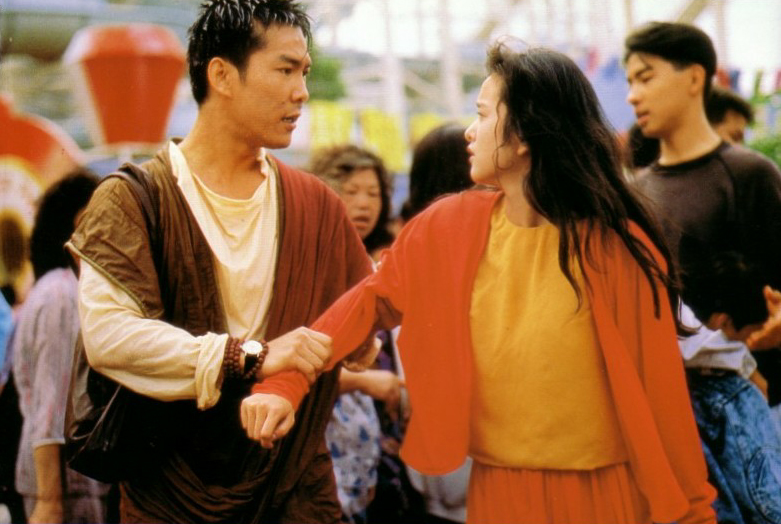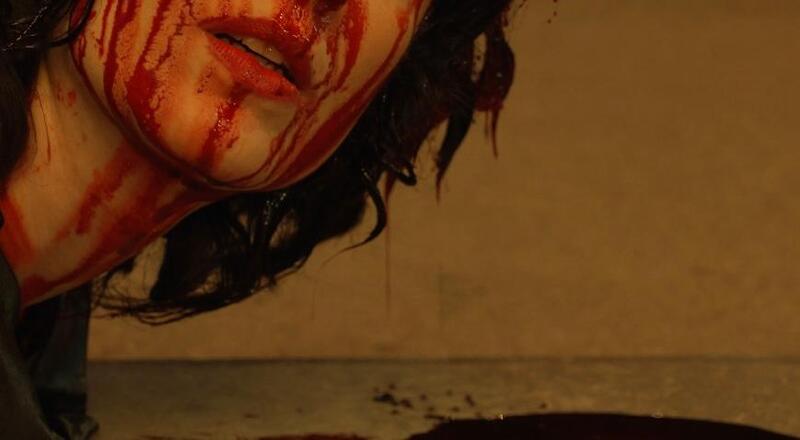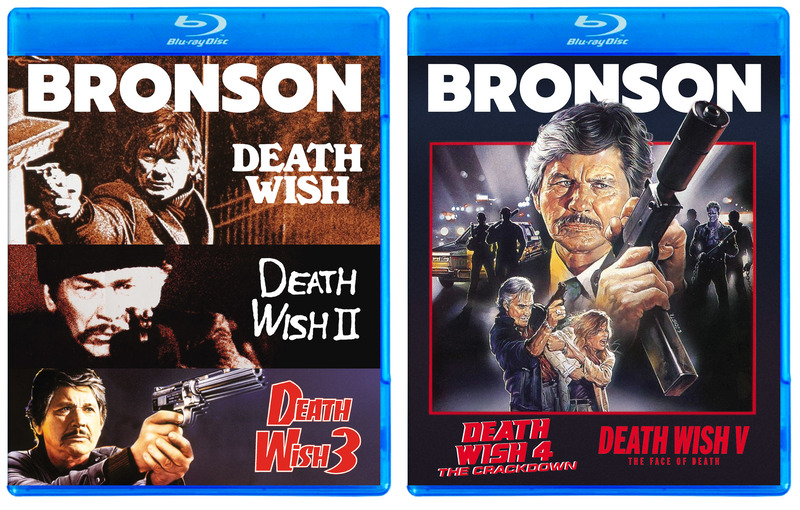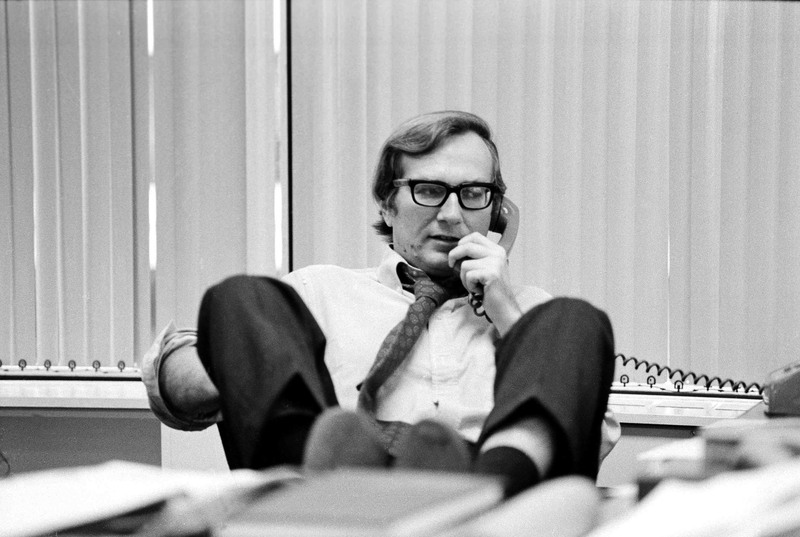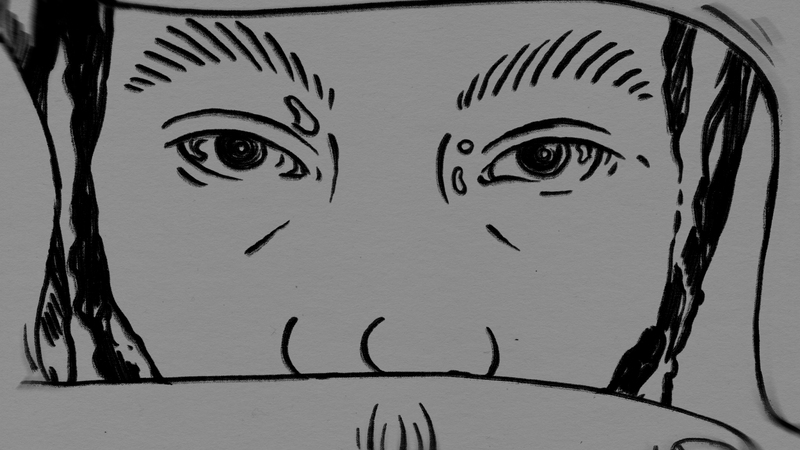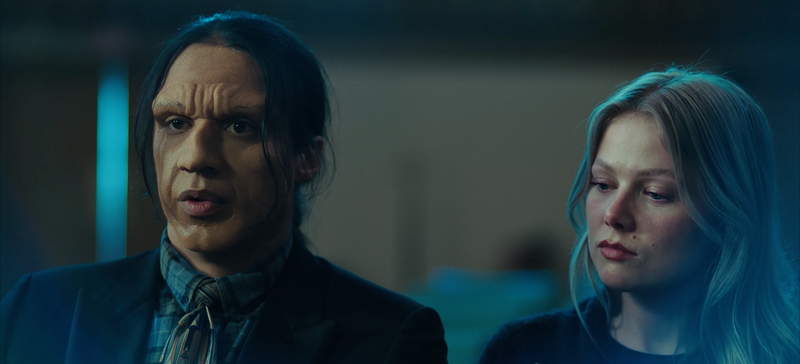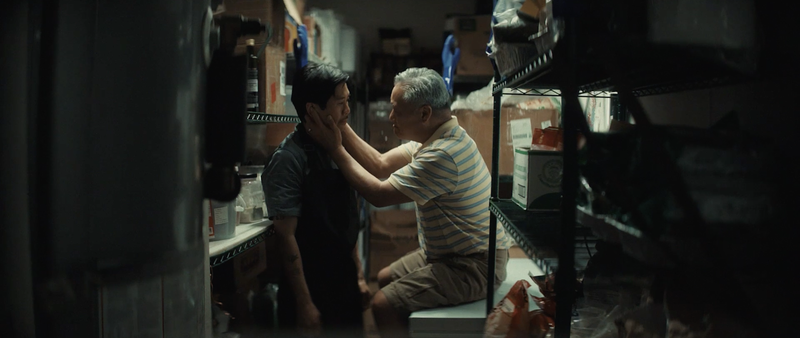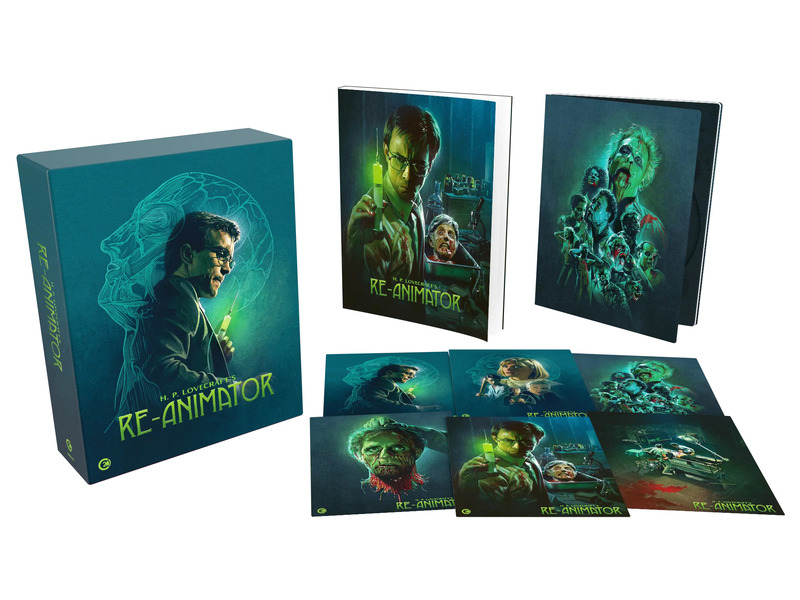
Re-Animator Limited Edition 4K UHD and Blu-ray
RE-ANIMATOR isn’t your traditional horror, comedy, or sci-fi flick. It jumps into the middle of traffic and never looks back. From its opening moments, the film establishes a tone of reckless confidence, barreling forward with a sense of purpose that feels almost confrontational. It never asks for patience or understanding; it demands surrender. That urgency remains one of its most defining qualities, and it is exactly why the film continues to resonate four decades later. This became the film, and the legend that it was meant to be.
